
Alpine glaciers keep on shrinking
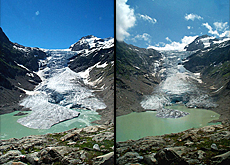
Most of Switzerland's glaciers have continued to melt away, according to the latest measurements published by the Swiss Academy of Sciences.
Researchers said on Wednesday the results showed that glaciers were suffering from the effects of warmer and drier weather over the last years.
“The measurements show long-term trends,” said Andreas Bauder of the Academy’s glaciology commission. “Glaciers react to climate change, and warmer temperatures in the Alps are reflected in the results.”
Last year, 84 of the 91 glaciers studied got smaller, while the seven remaining ones did not change. These measurements confirm the results of previous campaigns, which clearly showed most Swiss glaciers shrinking.
The Trift glacier in central Switzerland was once again top of the list, losing 216 metres in length, while the Aletsch glacier in canton Valais, the longest in Europe, was 66 metres shorter.
The researchers who surveyed the Trift said the lake surrounding the glacier’s snout had accelerated its meltdown.
“The lake helps the glacier calve off chunks of ice,” Bauder told swissinfo. “There is also the heat from the lake that speeds up meltdown.”
Weather
The 2005 results also tended to reflect weather patterns from previous years.
The survey teams measured three glaciers for variations of mass, a more precise indicator of climate variation. All three were seriously slimmer, showing they had lost far more ice than they had accumulated from snow.
The previous winter had seen little in the way of precipitation in the Alps.
“It shows how little snowfall we had during the 2004-2005 season,” said Bauder. “The previous year’s measurements reflected a different situation, when meltdown was accelerated by high temperatures during the summer of 2003.”
The Gries glacier in canton Valais saw its ice thickness drop 1.7 metres on average, while the Silvretta in canton Graubünden “only” lost 70 centimetres. Regional variations are however not unusual.
The mass measurements were restricted to just three sites because of their complexity, according to the Academy.
There are around 1,800 glaciers in Switzerland. The measurement project included the 91 biggest ones.
swissinfo with agencies
Glaciers are large masses of snow, ice and rock debris that accumulate in great quantities and begin to flow outwards and downwards under the pressure of their own weight.
They are formed when yearly snowfall in a region far exceeds the amount of snow and ice that melts in a given summer.
In Switzerland, glaciers play an important role as water reservoirs for hydro-power production (generating 50% of the country’s electricity).
They are also considered an important attraction for tourists.
Switzerland’s glaciers lost 18% of their surface between 1985 and 2000.
In the Alps, the average loss has been 22%.
Swiss glaciers are melting more slowly because most of them are at high altitude.
Meltdown affects smaller glaciers – which represent 18% of total glacier surface but nearly half the losses incurred – first, according to a 2004 study from Zurich University.

In compliance with the JTI standards
More: SWI swissinfo.ch certified by the Journalism Trust Initiative

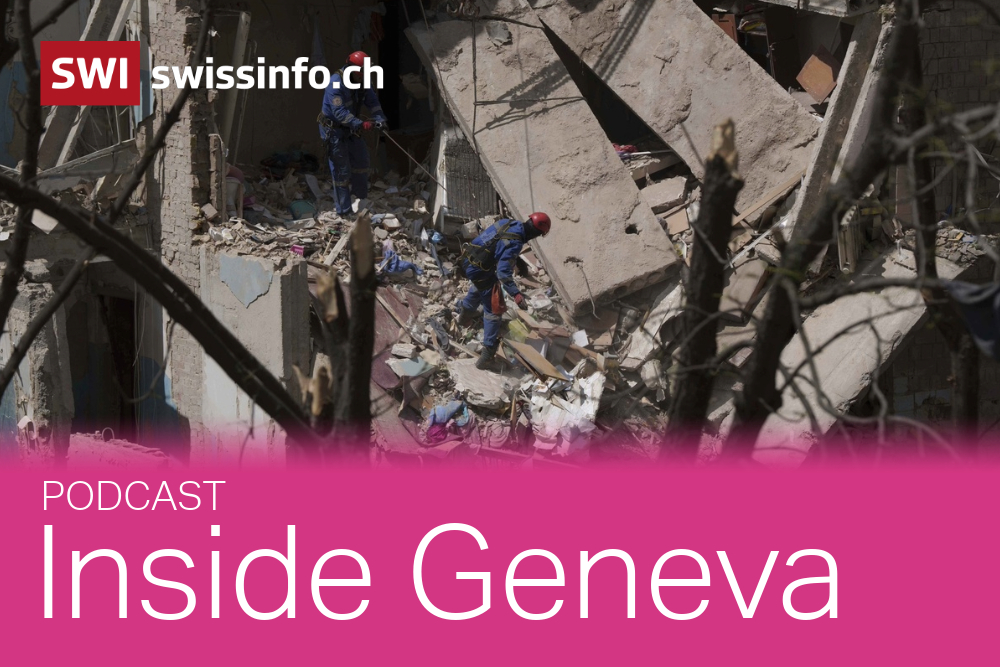


















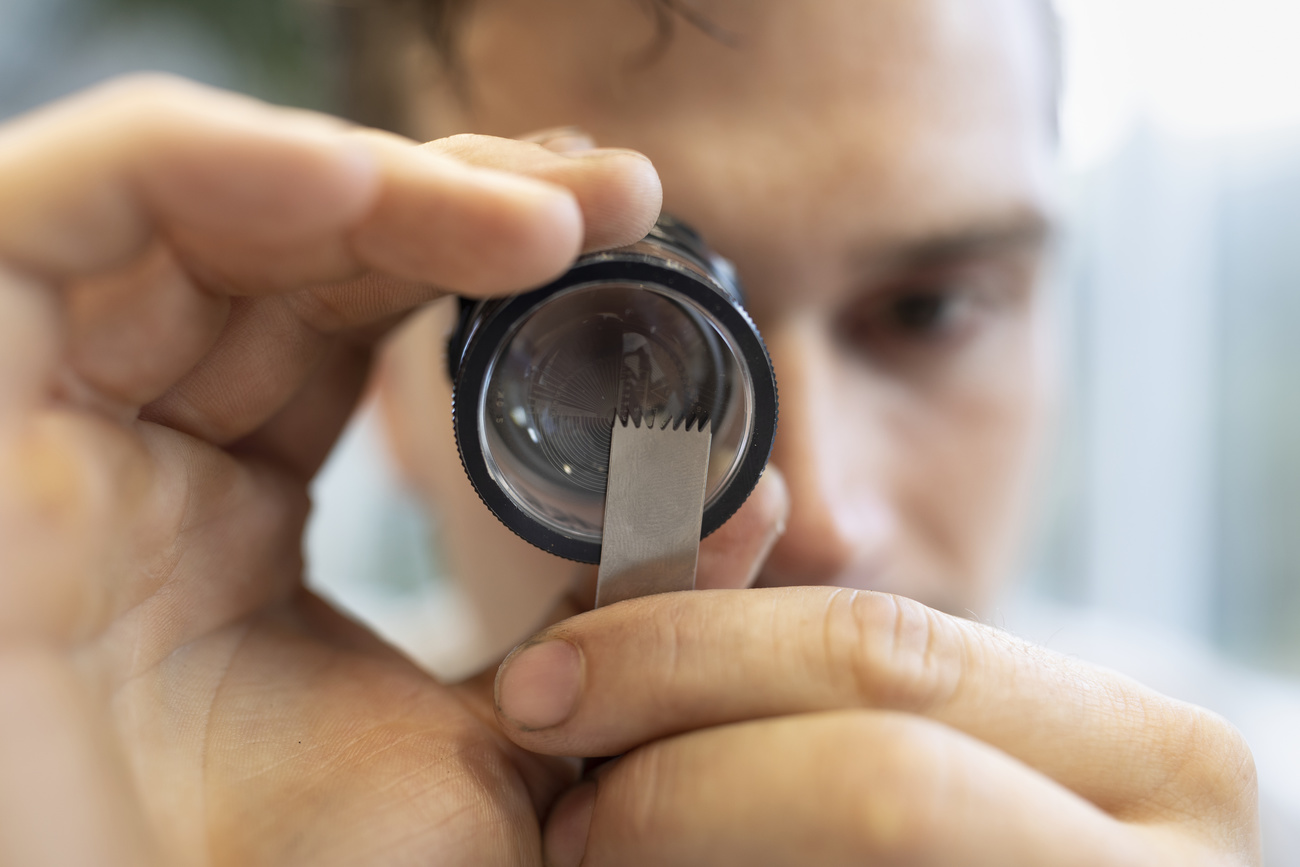






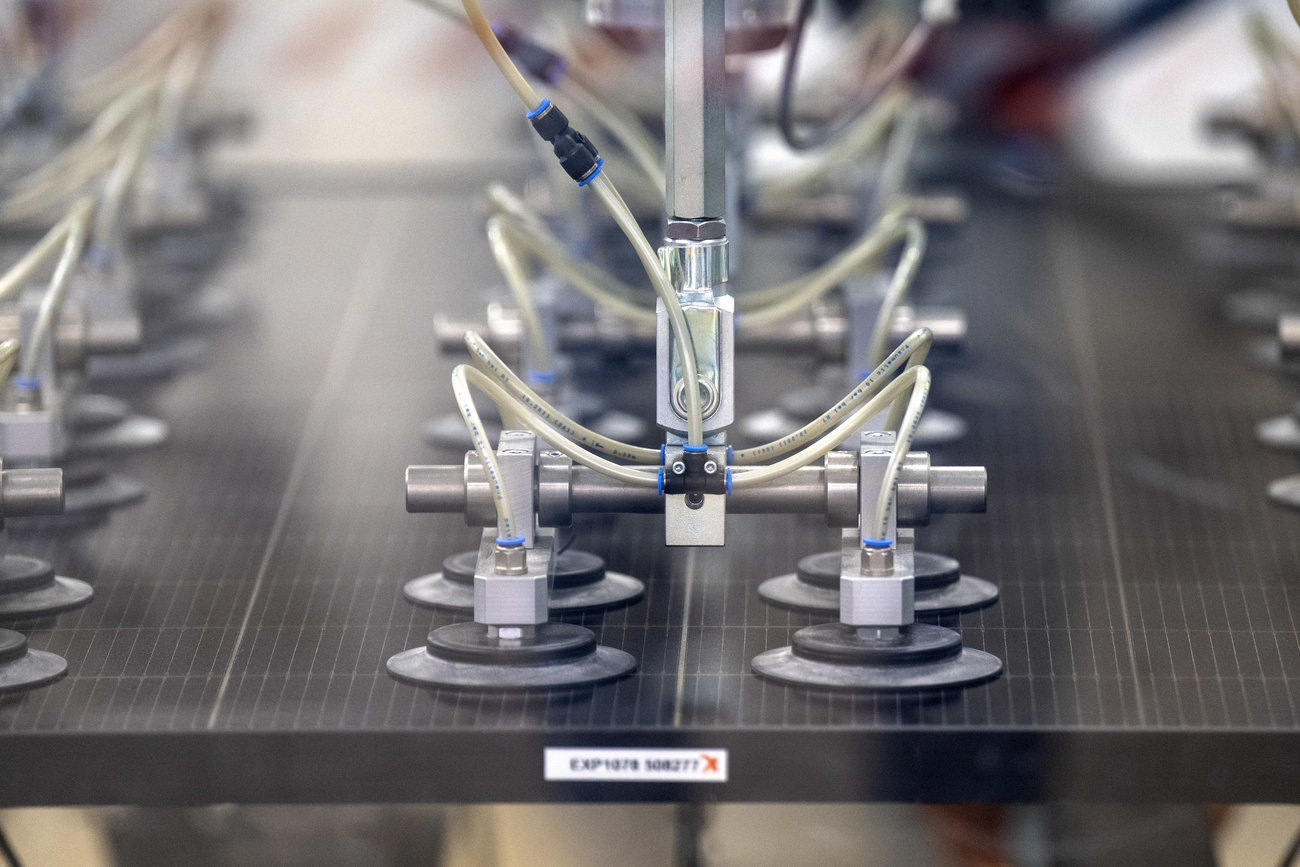





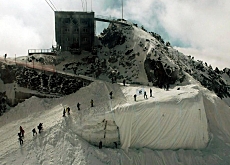
You can find an overview of ongoing debates with our journalists here . Please join us!
If you want to start a conversation about a topic raised in this article or want to report factual errors, email us at english@swissinfo.ch.